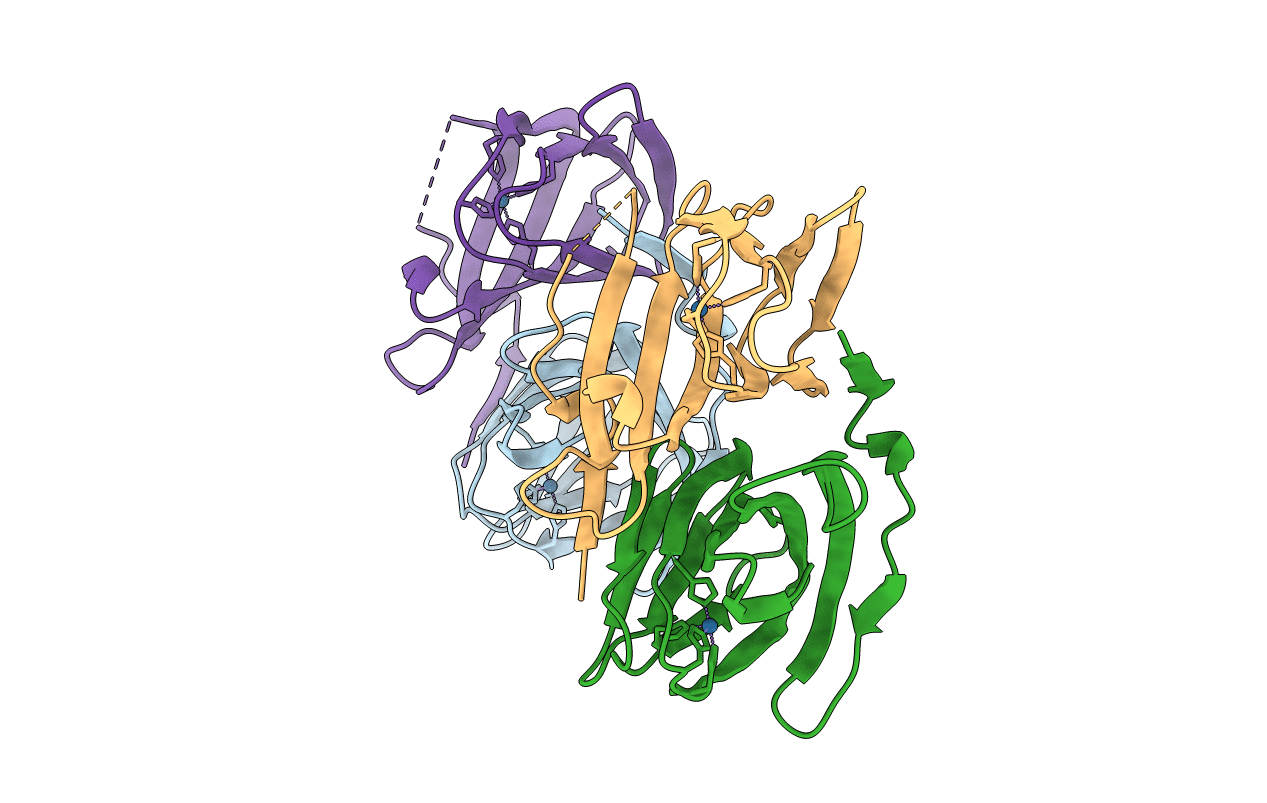
Deposition Date
2016-12-06
Release Date
2017-05-31
Last Version Date
2024-10-23
Entry Detail
PDB ID:
5WSF
Keywords:
Title:
Crystal structure of a cupin protein (tm1459) in osmium (Os)-substituted form II
Biological Source:
Source Organism:
Host Organism:
Method Details:
Experimental Method:
Resolution:
1.11 Å
R-Value Free:
0.18
R-Value Work:
0.14
R-Value Observed:
0.14
Space Group:
P 1


